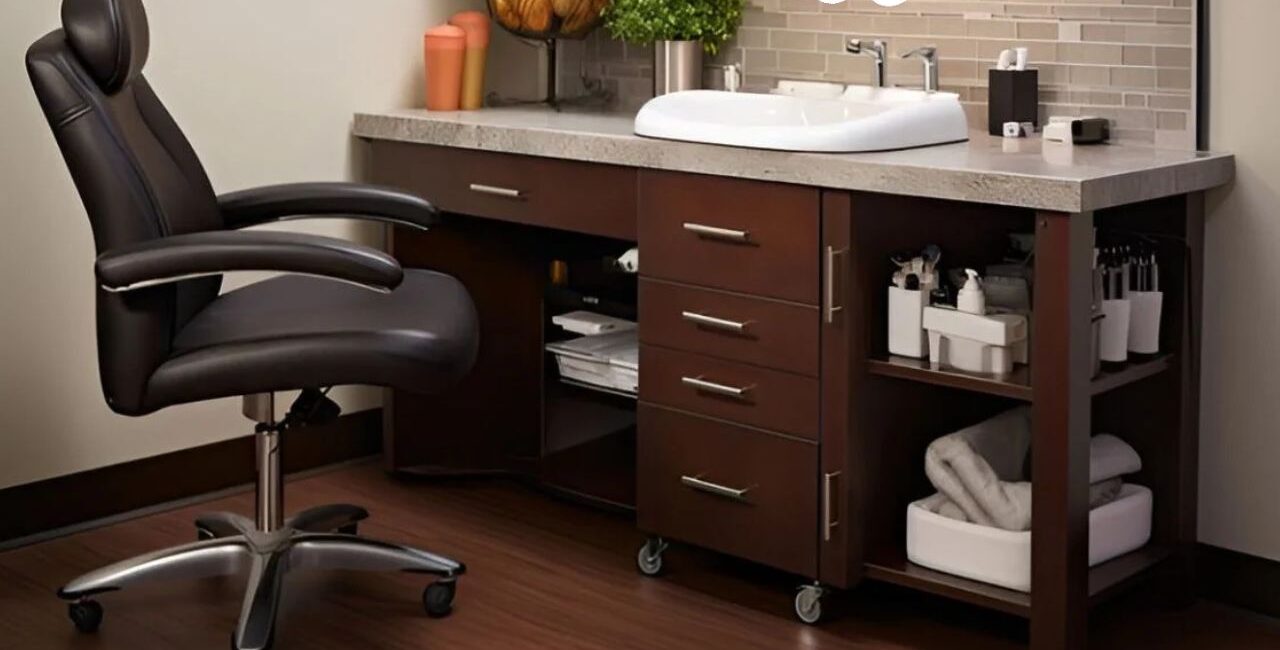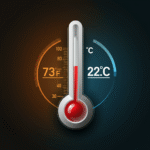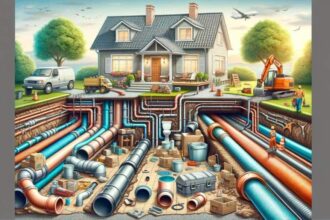Proper maintenance of your hygienstolar equipment can mean the difference between smooth operations and costly downtime. These specialized systems require consistent care to perform at their best, yet many operators overlook critical maintenance steps that could extend equipment life and improve efficiency.
This comprehensive guide covers essential maintenance practices that will help you maximize your hygienstolar’s performance while minimizing repair costs. From daily inspections to seasonal overhauls, you’ll discover practical strategies that experienced technicians rely on to keep their equipment running smoothly year after year.
Daily Maintenance Essentials
Start with Visual Inspections
Begin each day with a thorough visual check of your hygienstolar system. Look for signs of wear, loose connections, or unusual buildup around key components. Pay special attention to seals, gaskets, and moving parts that show early warning signs of deterioration.
Document any irregularities you notice during these inspections. Small issues caught early can prevent major breakdowns later. Keep a maintenance log to track patterns and identify components that may need more frequent attention.
Check Fluid Levels and Quality
Monitor all fluid reservoirs daily, ensuring levels remain within manufacturer specifications. Low fluid levels can cause system stress and premature component failure. Equally important is checking fluid quality—contaminated or degraded fluids reduce efficiency and can damage internal mechanisms.
Replace filters according to your maintenance schedule, but don’t hesitate to change them more frequently if operating conditions are particularly demanding. Clean filters ensure optimal flow rates and protect downstream components from contamination.
Weekly Deep Cleaning Procedures
Exterior Cleaning and Protection
Weekly exterior cleaning removes accumulated debris that can interfere with heat dissipation and airflow. Use appropriate cleaning solutions that won’t damage protective coatings or corrode metal surfaces. Pay particular attention to ventilation areas and cooling fins.
Apply protective treatments as recommended by the manufacturer. These coatings help prevent corrosion and make future cleaning easier. Regular application extends the life of external components and maintains the professional appearance of your equipment.
Internal Component Maintenance
Access internal components safely by following proper lockout procedures. Clean dust and debris from electronic enclosures, being careful not to disturb sensitive connections. Use compressed air to clear ventilation pathways and remove buildup from hard-to-reach areas.
Lubricate moving parts according to manufacturer specifications. Over-lubrication can attract contaminants, while insufficient lubrication leads to premature wear. Use only recommended lubricants and apply the correct quantities.
Monthly System Calibrations
Performance Testing and Adjustments
Monthly performance tests reveal gradual changes in system operation that daily checks might miss. Compare current readings to baseline measurements established when the equipment was new or recently serviced.
Calibrate sensors and control systems to maintain accuracy. Even small deviations can compound over time, leading to inefficient operation or product quality issues. Keep calibration records to track system stability and identify components that drift frequently.
Preventive Parts Replacement
Replace consumable components on schedule, regardless of apparent condition. Items like belts, hoses, and seals often fail without obvious warning signs. Scheduled replacement during planned maintenance windows prevents unexpected failures during critical operations.
Stock critical spare parts to minimize downtime when replacements are needed. Work with your supplier to identify which components are most likely to require emergency replacement and maintain appropriate inventory levels.
Seasonal Overhauls and Deep Maintenance
Comprehensive System Audits
Seasonal overhauls provide opportunities for thorough system evaluation. Disassemble major components for detailed inspection, looking for wear patterns that indicate alignment issues or operating problems.
Replace worn components before they fail completely. This proactive approach prevents secondary damage that occurs when failed parts cause other system components to work harder than designed.
Environmental Preparation
Prepare your hygienstolar system for seasonal changes that affect operating conditions. Temperature fluctuations, humidity variations, and seasonal debris can all impact performance if not properly addressed.
Update maintenance schedules based on seasonal demands. Equipment working harder during peak seasons may require more frequent service intervals to maintain reliability.
Troubleshooting Common Issues
Identifying Performance Problems
Learn to recognize early symptoms of common problems. Unusual noises, vibrations, or changes in operating characteristics often indicate developing issues that can be addressed before they cause equipment failure.
Maintain detailed records of system behavior to help identify patterns. Problems that seem random may actually follow predictable cycles related to operating conditions, maintenance schedules, or component aging.
Emergency Response Procedures
Develop clear procedures for responding to equipment emergencies. Quick, appropriate responses can prevent minor problems from becoming major disasters. Train all operators on emergency shutdown procedures and basic troubleshooting steps.
Establish relationships with qualified service technicians before you need emergency repairs. Having trusted professionals available reduces downtime and ensures quality repairs when problems exceed your in-house capabilities.
Creating an Effective Maintenance Schedule
Balancing Frequency and Resources
Design maintenance schedules that balance thorough care with available resources. More frequent maintenance prevents problems but requires significant time and labor investment. Find the optimal frequency for your specific operating conditions and budget constraints.
Consider the total cost of maintenance versus replacement when making scheduling decisions. Well-maintained equipment lasts longer and operates more efficiently, often justifying higher maintenance costs through extended service life and reduced operating expenses.
Documentation and Record Keeping
Maintain comprehensive records of all maintenance activities. Detailed documentation helps identify trends, proves warranty compliance, and guides future maintenance decisions. Digital records make information easily accessible and shareable with service technicians.
Use maintenance records to refine your procedures over time. Track which practices provide the best results and adjust schedules based on actual equipment performance rather than generic recommendations.
Maximizing Equipment Longevity
Regular, systematic maintenance transforms your hygienstolar from a potential liability into a reliable asset. The practices outlined here represent proven strategies that extend equipment life, reduce operating costs, and minimize unexpected downtime.
Start implementing these maintenance practices gradually, focusing first on daily inspections and basic cleaning procedures. As you become more comfortable with your equipment, expand to more comprehensive maintenance activities that require greater technical knowledge and time investment.
Remember that maintenance is an investment in your operation’s future success. Equipment that receives proper care provides years of reliable service, while neglected systems fail unpredictably and require expensive emergency repairs. Make maintenance a priority, and your hygienstolar will reward you with consistent, efficient performance.









![Exploring the Life and Legacy of len pullen: A Trailblazer in [Field/Industry]](https://reelsmedia.co.uk/wp-content/uploads/2025/02/len-pullen-2-330x220.jpg)






